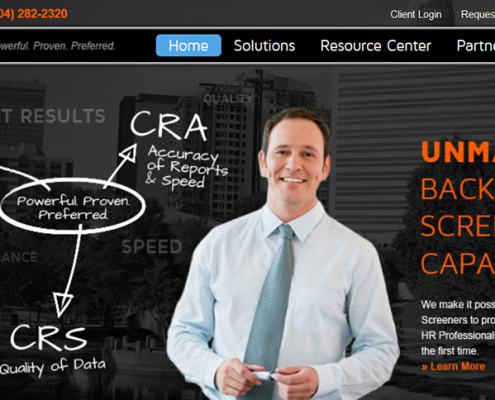SWOT Analysis
Business Planning | The SWOT Analysis
by Charlotte Business Planning Specialist Shane Snively
SWOT Analysis (Strengths, Weaknesses, Opportunities, and Threats)
Why do you think bridges used to be covered?
Turns out, the trusses of the bridge needed to be protected from the weather – rain, ice, snow, sun and wind.
The average shelf life of an uncovered bridge was only 10 years, but by covering the bridge its life span could be increased tenfold. The picture I took above is over a 100 years old. Quite an improvement on the return on investment.
Are you being strategic? Do you look for your covered bridge? What does our rain, sun, snow and weather look like? What outside forces are wearing down your trusses, your foundations, your longevity?
Business planning starts with defining the elements that can destroy or damage your bridge.
There are two ways to do a SWOT analysis.
- Management only Approach. Where only management is involved in the analysis.
- The TAM (Team Action Management) Approach
Depending on the reason will dictate the approach. High level or sensitive information may determine only a small trusted group of advisors to be involved.
If the decision is process related I highly recommend the TAM Approach. Albert Humphrey, the founder of the TAM approach, focused on breaking down old paradigms of how management used to tell their employees what they were going to do and how they were going to do it. Humphrey instead pushed for getting the people who would be doing the actual work deeply involved in building the strategic plan and analysis.
You may even want to get fresh eyes on your company. Input from industry “experts” , business planning specialist, risk managers, marketing professionals, and consultants familiar with strategic planning can bring outside perspective you might not being seeing.
I like to use this variation of the SWOT analysis:
Strengths
|
Weaknesses
| |
Opportunities
|
Obvious Natural Priorities
|
Potentially Attractive Options
|
Threats
|
Easy to Defend and Counter
|
Potentially High Risk
|
Source: Businessballs.com SWOT Analysis Matrix
I suggest bringing in your strategic managers or business partners and spending an afternoon brainstorming.
You may be surprised to find that some of the best ideas you come up with for defending against a risk turn out to be a win-win, like expanding into new markets, improving a relationship with your sales team or even launching a new product.
I use SWOT analysis when:
- Building a Strategic Plan
- Selling a Business
- Buying a Business
- Succession Planning
- Project Planning
- Product Development
- Weighing investment opportunities
Good luck on your SWOT! I hope it ends up being a useful tool for you in building a solid infrastructure around your business foundation. If you have questions about how this works and how to apply it in your Charlotte Business Planning efforts, email me. I will be happy to explain further.
Shane Snively is a Charlotte Business Planning Specialist and Financial Advisor. Learn more about Shane.












